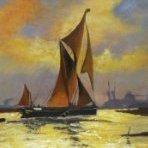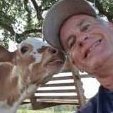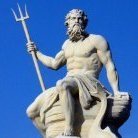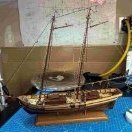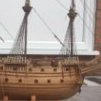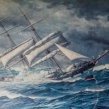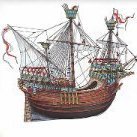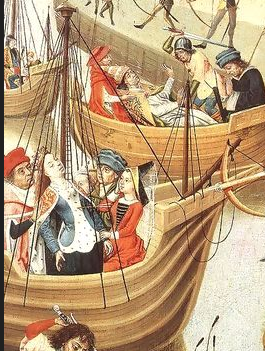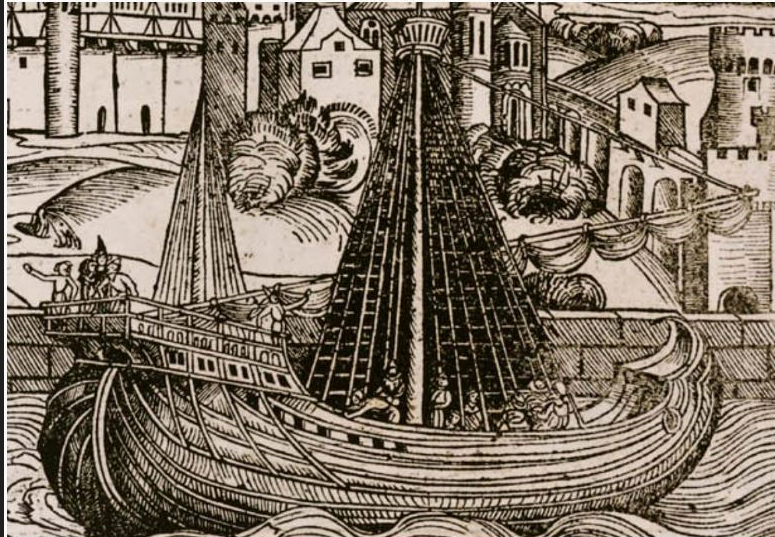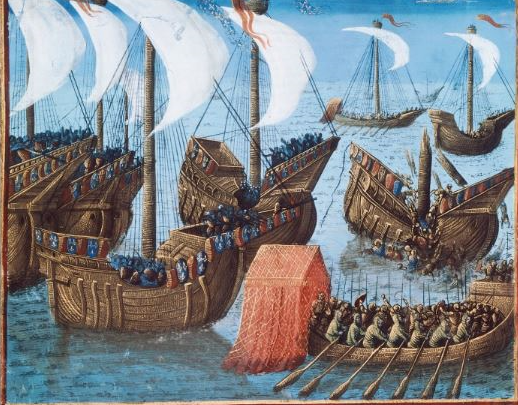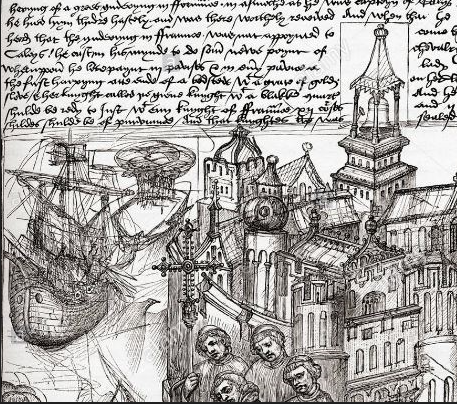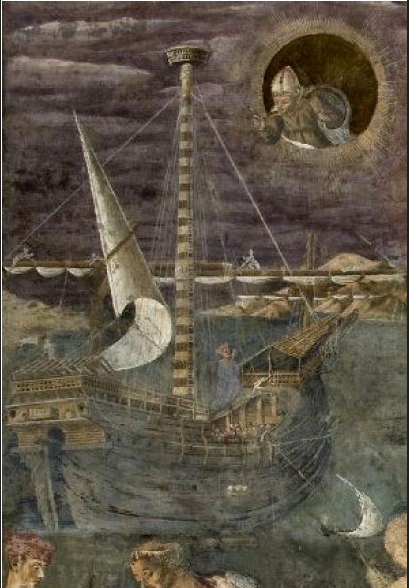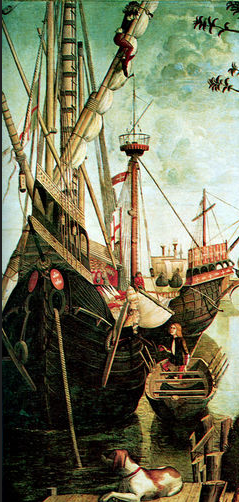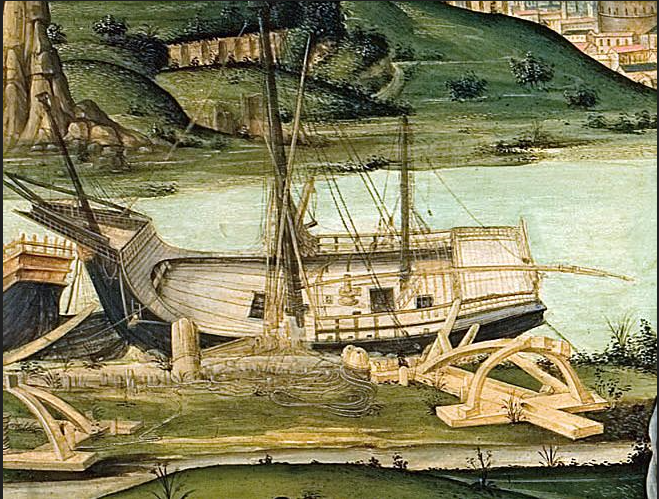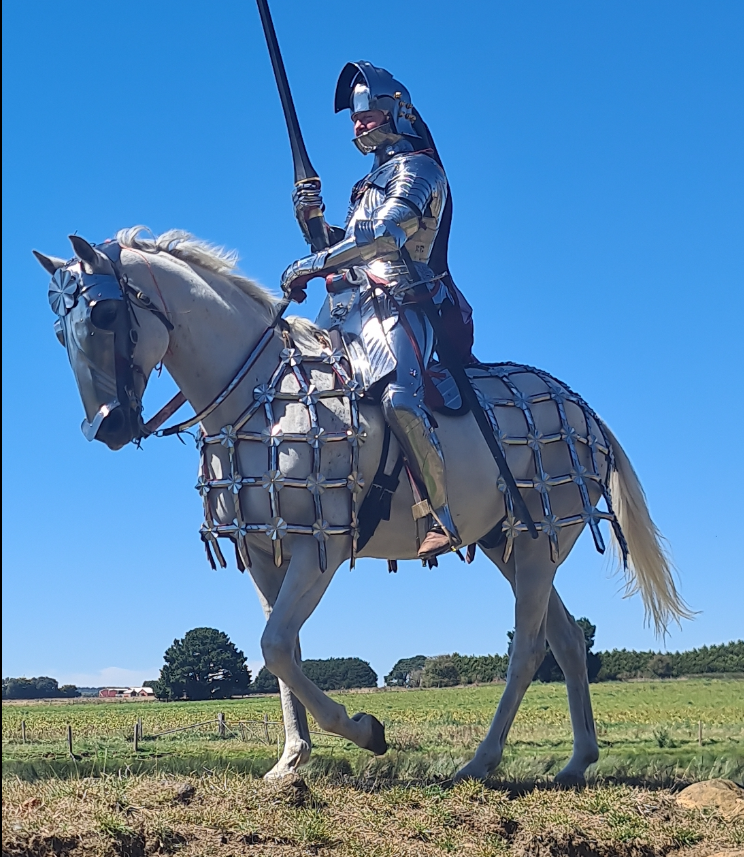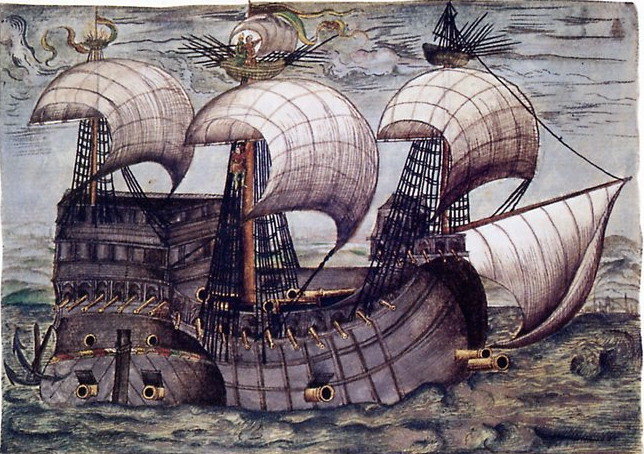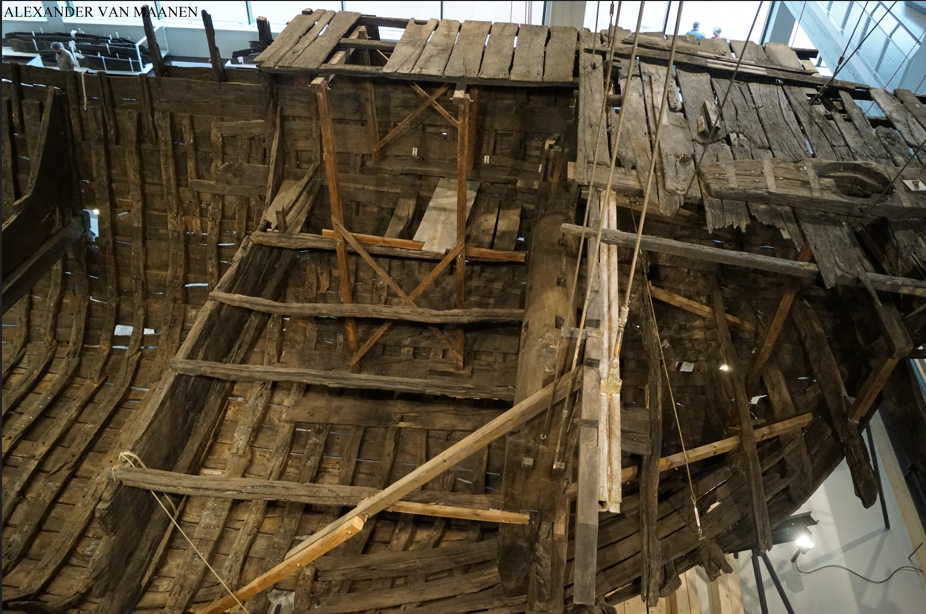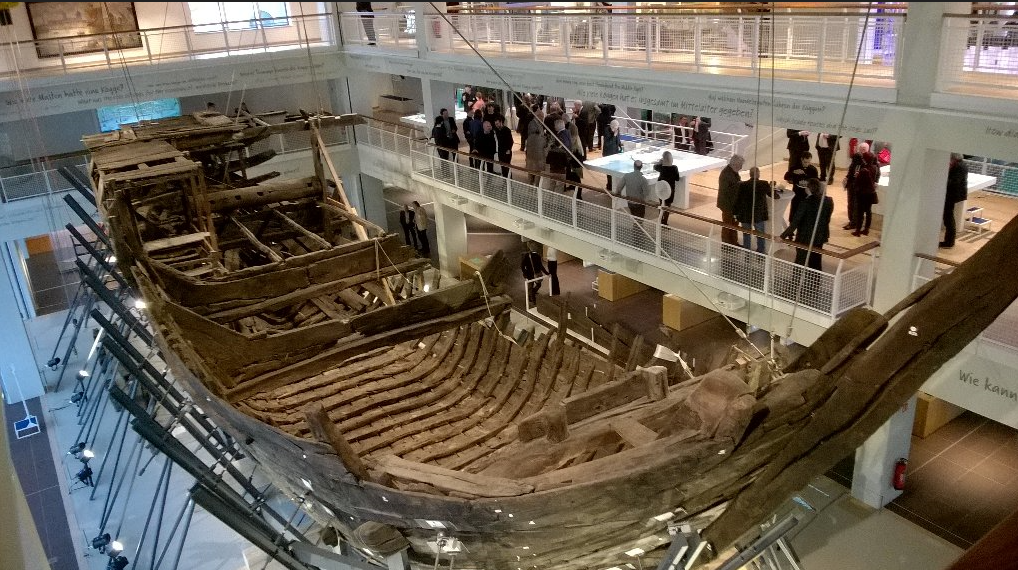-
Posts
7,987 -
Joined
-
Last visited
Profile Information
-
Gender
Male
-
Location
Ballarat, Australia
-
Interests
History, particularly the Middle Ages
Recent Profile Visitors
-
 BANYAN reacted to a post in a topic:
HMCSS Victoria 1855 by BANYAN - 1:72
BANYAN reacted to a post in a topic:
HMCSS Victoria 1855 by BANYAN - 1:72
-
 Glen McGuire reacted to a post in a topic:
HMCSS Victoria 1855 by BANYAN - 1:72
Glen McGuire reacted to a post in a topic:
HMCSS Victoria 1855 by BANYAN - 1:72
-
 Keith Black reacted to a post in a topic:
HMCSS Victoria 1855 by BANYAN - 1:72
Keith Black reacted to a post in a topic:
HMCSS Victoria 1855 by BANYAN - 1:72
-
 Knocklouder reacted to a post in a topic:
HMCSS Victoria 1855 by BANYAN - 1:72
Knocklouder reacted to a post in a topic:
HMCSS Victoria 1855 by BANYAN - 1:72
-

HMCSS Victoria 1855 by BANYAN - 1:72
Louie da fly replied to BANYAN's topic in - Build logs for subjects built 1851 - 1900
Very good news, Pat. Glad to hear you're ok. BTW, regarding the Victoria, are you aware there's a small part of its rigging preserved in a park in Queenscliff? A swivel joint, if I recall correctly. Steven- 1,006 replies
-
- gun dispatch vessel
- victoria
-
(and 2 more)
Tagged with:
-
 AJohnson reacted to a post in a topic:
Hello from Sunderland
AJohnson reacted to a post in a topic:
Hello from Sunderland
-
 Pitan reacted to a post in a topic:
11th century viking crew and freight in 1:25
Pitan reacted to a post in a topic:
11th century viking crew and freight in 1:25
-
 GrandpaPhil reacted to a post in a topic:
Chinese Pirate Junk by Loracs - FINISHED - Amati - 1:100 (Completed)
GrandpaPhil reacted to a post in a topic:
Chinese Pirate Junk by Loracs - FINISHED - Amati - 1:100 (Completed)
-
 JohnOz reacted to a post in a topic:
HMCSS Victoria 1855 by BANYAN - 1:72
JohnOz reacted to a post in a topic:
HMCSS Victoria 1855 by BANYAN - 1:72
-
 daHeld73 reacted to a post in a topic:
Mayflower 1620 by RdK - FINISHED - Scale 1:100 - CARD
daHeld73 reacted to a post in a topic:
Mayflower 1620 by RdK - FINISHED - Scale 1:100 - CARD
-
 daHeld73 reacted to a post in a topic:
Mayflower 1620 by RdK - FINISHED - Scale 1:100 - CARD
daHeld73 reacted to a post in a topic:
Mayflower 1620 by RdK - FINISHED - Scale 1:100 - CARD
-
You've given yourself an interesting problem to solve. Looking forward to finding out what you decide to do! Steven
- 45 replies
-
- Great Henry
- Henry Grace a Dieu
-
(and 1 more)
Tagged with:
-
 Louie da fly reacted to a post in a topic:
Duyfken by Olli Sukunimisson - Kolderstok - 1:50
Louie da fly reacted to a post in a topic:
Duyfken by Olli Sukunimisson - Kolderstok - 1:50
-
 Louie da fly reacted to a post in a topic:
Mary Rose by Baker - scale 1/50 - "Your Noblest Shippe"
Louie da fly reacted to a post in a topic:
Mary Rose by Baker - scale 1/50 - "Your Noblest Shippe"
-
 Louie da fly reacted to a post in a topic:
Le Gros Ventre 1767 by woodrat - Scale 1:48 - POF - French exploration vessel
Louie da fly reacted to a post in a topic:
Le Gros Ventre 1767 by woodrat - Scale 1:48 - POF - French exploration vessel
-
You might also like to look at Woodrat's 'hulc' build regarding these reef points. See Steven
-
 Louie da fly reacted to a post in a topic:
Duyfken by Olli Sukunimisson - Kolderstok - 1:50
Louie da fly reacted to a post in a topic:
Duyfken by Olli Sukunimisson - Kolderstok - 1:50
-
 Louie da fly reacted to a post in a topic:
Le Gros Ventre 1767 by woodrat - Scale 1:48 - POF - French exploration vessel
Louie da fly reacted to a post in a topic:
Le Gros Ventre 1767 by woodrat - Scale 1:48 - POF - French exploration vessel
-
 Louie da fly reacted to a post in a topic:
Duyfken by Olli Sukunimisson - Kolderstok - 1:50
Louie da fly reacted to a post in a topic:
Duyfken by Olli Sukunimisson - Kolderstok - 1:50
-
 Louie da fly reacted to a post in a topic:
Mary Rose by Baker - scale 1/50 - "Your Noblest Shippe"
Louie da fly reacted to a post in a topic:
Mary Rose by Baker - scale 1/50 - "Your Noblest Shippe"
-
By the way, another point with the Lomellina is that she did capsize, so perhaps wasn't all that stable. But as we don't know the exact circumstances of her loss, that may not have been the problem. She was in harbour when a tempest came down from the hills and tipped her over. Was she in ballast or did she have cargo on board? There were some indications that she was not in full sailing condition when the tempest hit - IIRC the capstan was not shipped - but we just don't know for sure. What we do have is a fair section of her underwater lines. Steven
-
Thank you Lashenden. I agree with you in many ways. Apart from obvious mistakes, I'm inclined to accept pictorial evidence as being correct unless proven otherwise. But there are artists and artists. Some - the ships in Carpaccio's superb Ursula Legend paintings and Botticelli's Judgment of Paris I feel I can accept (almost) wholeheartedly - but even Carpaccio's pictures contain a couple of things I find hard to accept (the blocks that tighten the shrouds, the configuration of the wales at the bow) - because they don't seem likely to work in the real world. Similarly, there are a couple of details in the Botticelli that don't ring true - there is a ladder just behind the after hatch that doesn't seem to lead anywhere, for example. But overall, excellent. On the other hand, there are some pretty abysmal contemporary pictures out there. Oversize figures - certainly there's a tradition of showing people oversized, particularly if they're important. However, though I'm prepared to ignore them in general, every now and then an artist shows people pretty much correct size. Again, it depends very much on the artist. If I understand you correctly, by the 'bow-curve profile' you mean that the bow is shown very rounded, as in this picture from the Beauchamp Pageant, but Carpaccio and Botticelli show a sharper bow, and this is backed up by what archaeology is available. The current reconstruction of Lomellina's lines gives her a bow even sharper than this, though I'm not sure I agree with them. On the other hand, perhaps you're referring to the extreme slope of the forecastle and aftercastle shown on most of the ships in the left-hand pic below. Regarding the angle of the deck, there is great variation in how it's portrayed in contemporary images. I'm completely happy to accept some degree of slope, but artists of the time were experimenting with how to portray foreshortening, and I believe some of them overdid the angle. For example, in the left-hand image below, if you look at the ship in profile view the forecastle and aftercastle are shown with a fairly gentle angle, while the ones seen from bow-on both are considerably more extreme. I believe the right-hand image (1455-61 Benedetto Bonfigli. Saint Louis de Tolouse - Miracolo del denaro. Galleria Nazionale dell'Umbria) is a more believable representation. Fortunately, in the Lomellina we have a good idea of the slope of the main deck, as a good proportion of the starboard side has been preserved, including the deck clamps. Unfortunately the forecastle and aftercastle are lost, so there's a fair bit of guesswork involved with them. Though I'm not an expert on 15th century armour, I do understand what you are talking about. In fact I have made armour myself, and I have a colleague who has made himself a complete set of gothic plate which he wears in re-enactment combat. There is also a robust discussion regarding whether or not contemporary images of Byzantine lamellar armour are to be believed, as to how the stuff was put together. I'm an aficionado of the 'Yes' argument. Again, regarding hull shape, we are fortunate that enough of the Lomellina survived to give a good idea of her underwater lines, though the bow and stern are lost. Steven
-
 Louie da fly reacted to a post in a topic:
La Lomellina by Louie da fly - scale 1:100 - Theoretical Reconstruction of a Genoese carrack sunk in 1516
Louie da fly reacted to a post in a topic:
La Lomellina by Louie da fly - scale 1:100 - Theoretical Reconstruction of a Genoese carrack sunk in 1516
-
 Louie da fly reacted to a post in a topic:
Le Gros Ventre 1767 by woodrat - Scale 1:48 - POF - French exploration vessel
Louie da fly reacted to a post in a topic:
Le Gros Ventre 1767 by woodrat - Scale 1:48 - POF - French exploration vessel
-
 Louie da fly reacted to a post in a topic:
Mary Rose by Baker - scale 1/50 - "Your Noblest Shippe"
Louie da fly reacted to a post in a topic:
Mary Rose by Baker - scale 1/50 - "Your Noblest Shippe"
-
Interesting question. I was actually surprised to find true deadeyes as early as 1380 - I hadn't thought they'd been developed by that time, and contemporary illustrations (yes, I know they're not necessarily reliable) don't show them at all. I'm afraid you'll have to decide for yourself whether the Stralsund cog had them. Regarding deck planks, I doubt that the Viking method of planking was also in use further south - certainly the framing is completely different. The only planking apparently found on the Bremen cog was on the afterdeck, and its side to side, not fore and aft. The orlop(?) deck beams can also be seen, and they are oriented such that the planking would also be side to side. I don't think the through-beams can be relied upon as a gauge of the planking direction, as the attached photo shows - they don't seem to have any relation to the planking. Personal opinion, however - in the absence of any evidence to the contrary, I would be quite happy with the idea of the main planking running fore and aft. Steven
-
Hi Ferrus! I'd also refer you to the Bremen cog (c. 1380), the best preserved of all the cog wrecks. Google it for images - there are so many wonderful details in the photos, such as the windlass. I seem to recall she also had a capstan, but I can't see it in any of the photos, so perhaps I'm wrong. And here are three deadeyes from the same vessel - they're described as blocks but they're obviously deadeyes. Steven
About us
Modelshipworld - Advancing Ship Modeling through Research
SSL Secured
Your security is important for us so this Website is SSL-Secured
NRG Mailing Address
Nautical Research Guild
237 South Lincoln Street
Westmont IL, 60559-1917
Model Ship World ® and the MSW logo are Registered Trademarks, and belong to the Nautical Research Guild (United States Patent and Trademark Office: No. 6,929,264 & No. 6,929,274, registered Dec. 20, 2022)
Helpful Links
About the NRG
If you enjoy building ship models that are historically accurate as well as beautiful, then The Nautical Research Guild (NRG) is just right for you.
The Guild is a non-profit educational organization whose mission is to “Advance Ship Modeling Through Research”. We provide support to our members in their efforts to raise the quality of their model ships.
The Nautical Research Guild has published our world-renowned quarterly magazine, The Nautical Research Journal, since 1955. The pages of the Journal are full of articles by accomplished ship modelers who show you how they create those exquisite details on their models, and by maritime historians who show you the correct details to build. The Journal is available in both print and digital editions. Go to the NRG web site (www.thenrg.org) to download a complimentary digital copy of the Journal. The NRG also publishes plan sets, books and compilations of back issues of the Journal and the former Ships in Scale and Model Ship Builder magazines.


